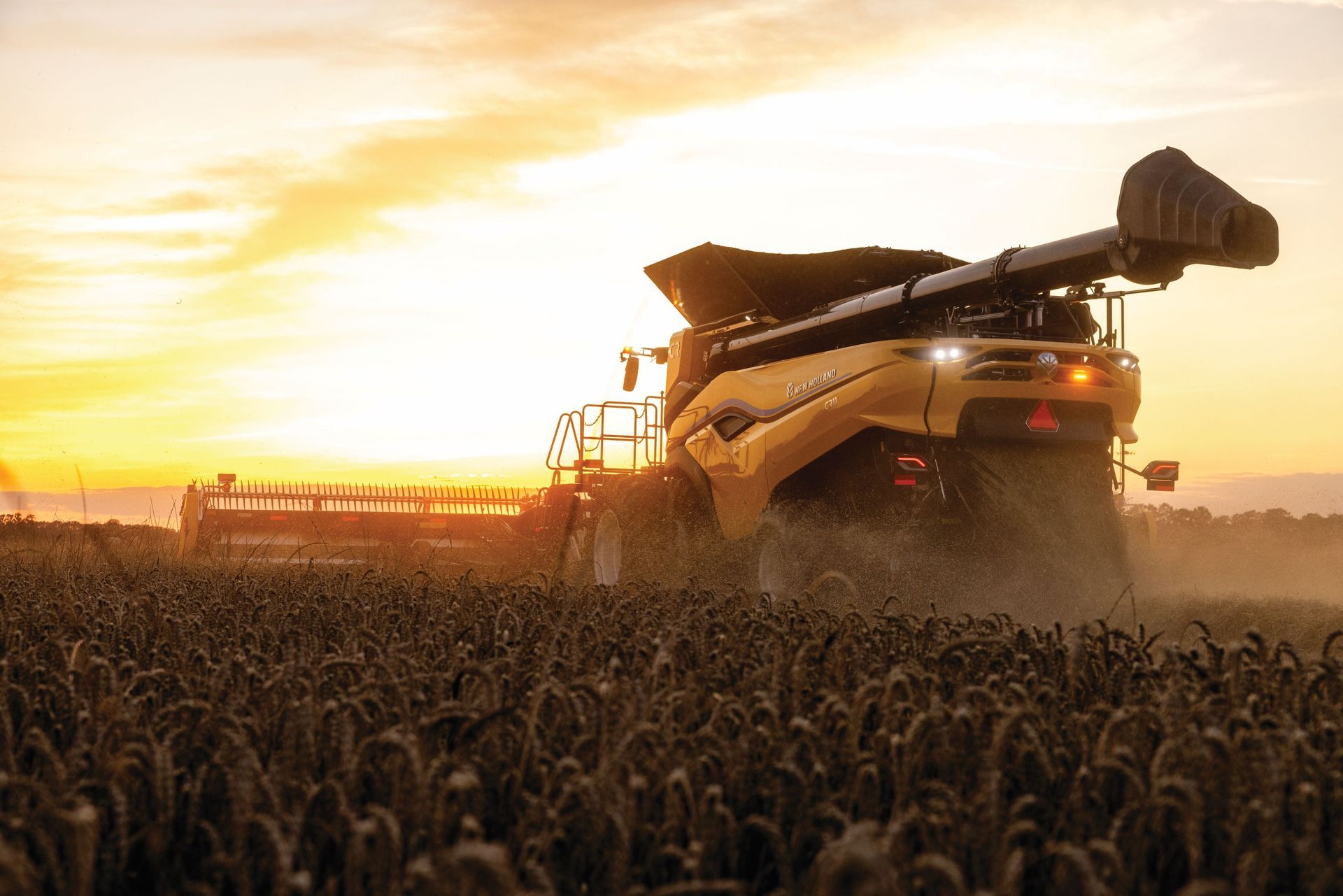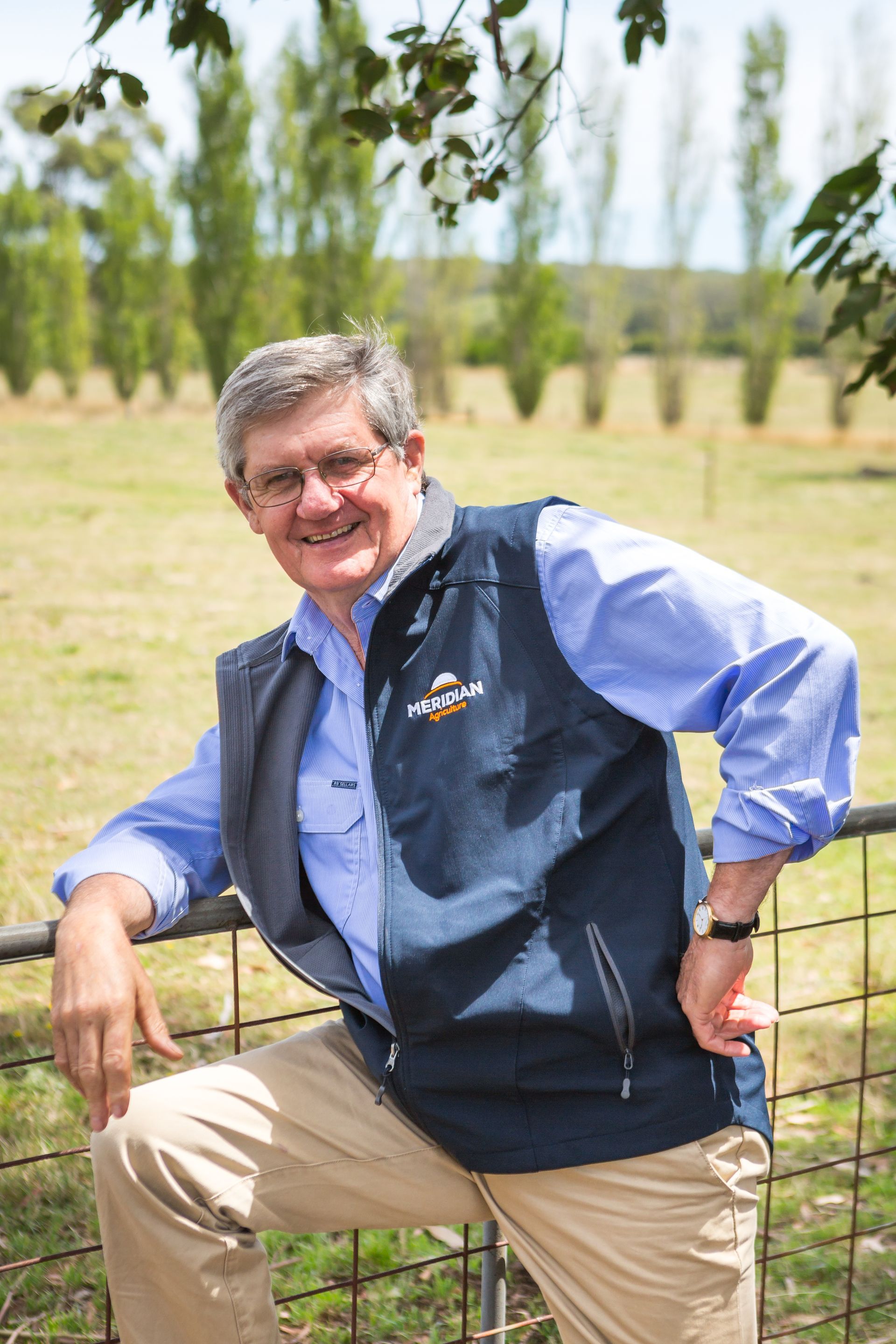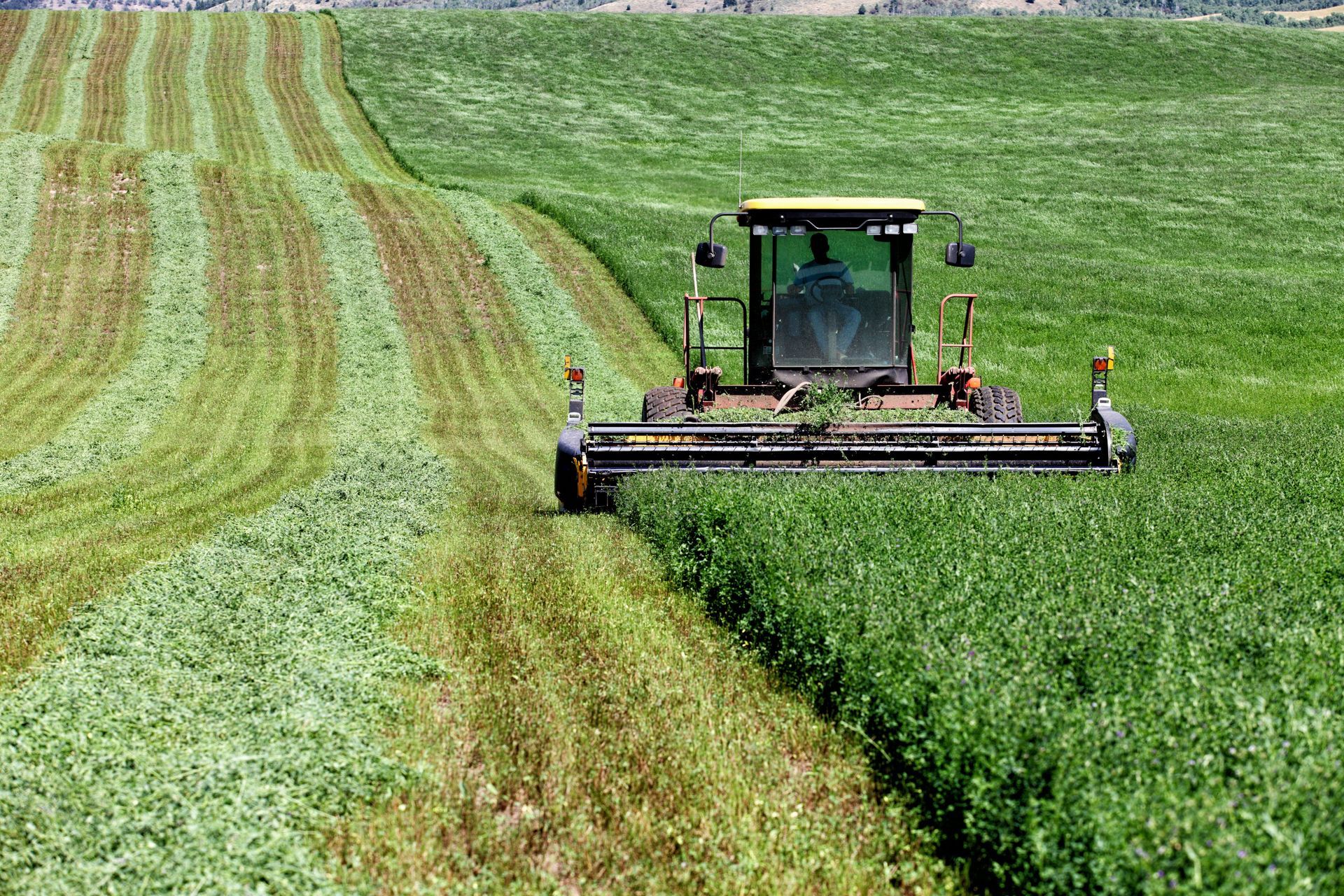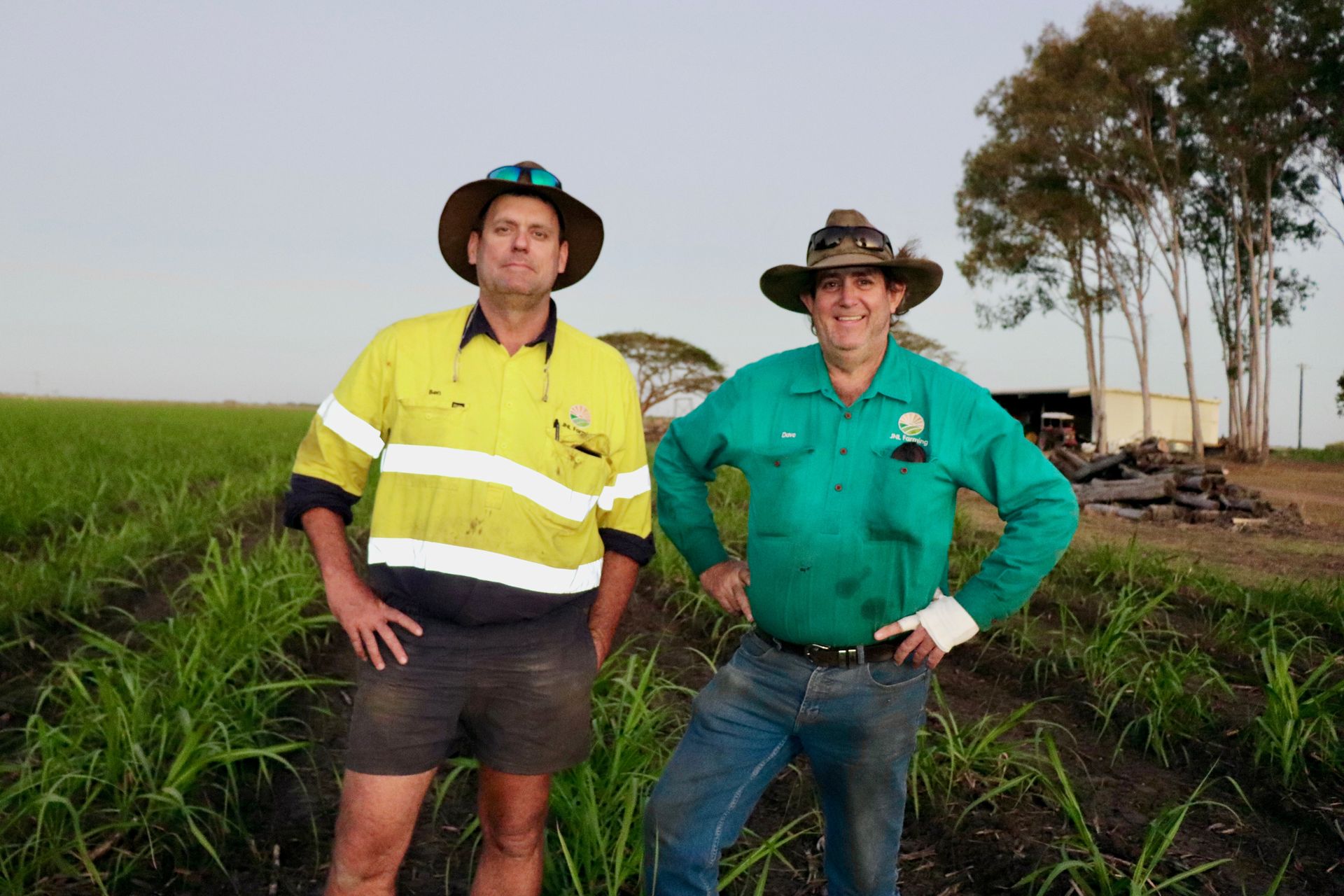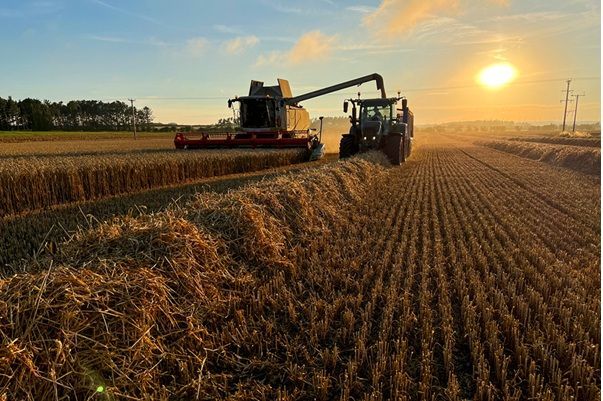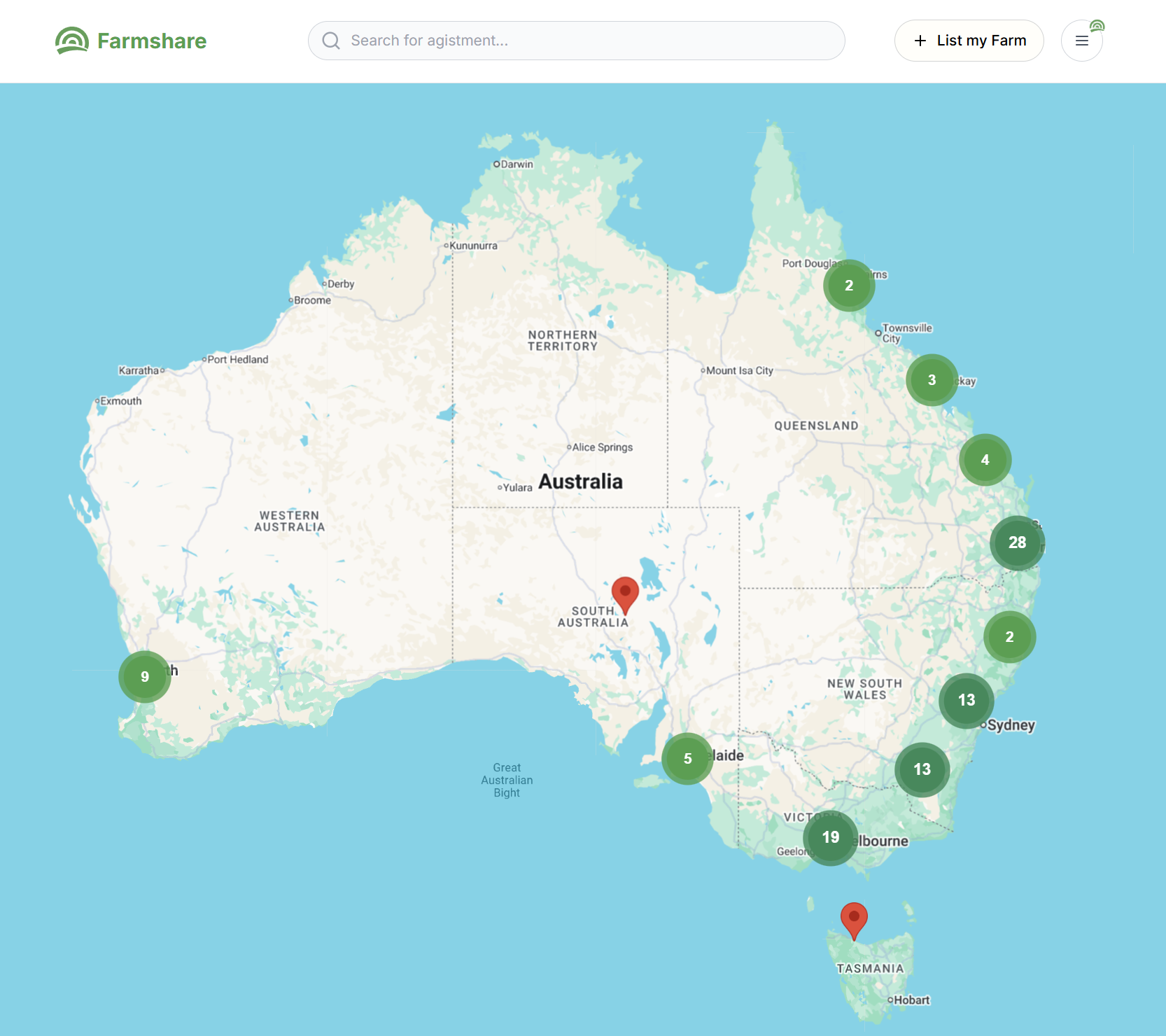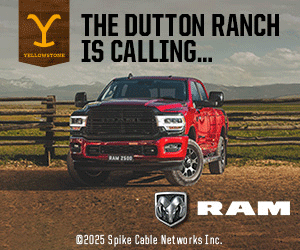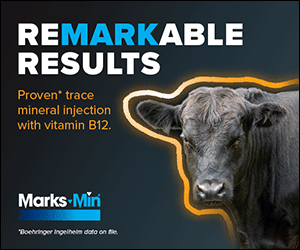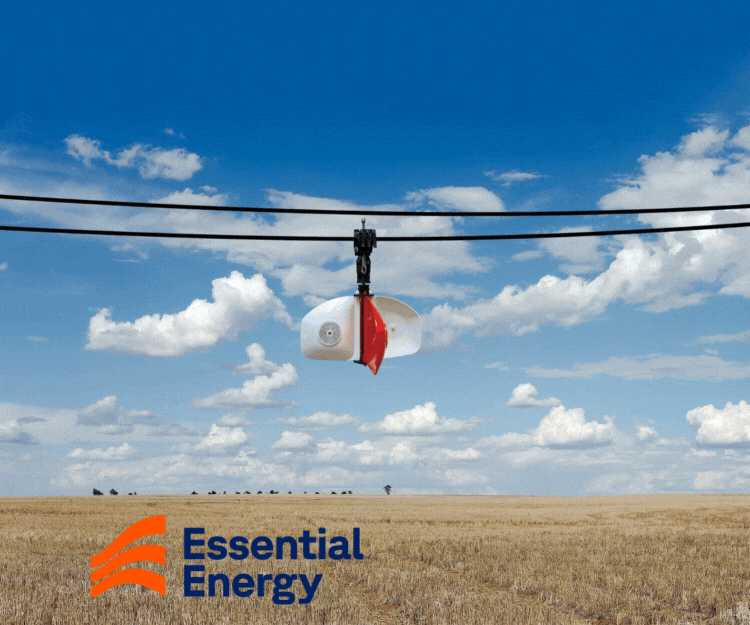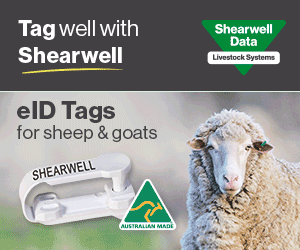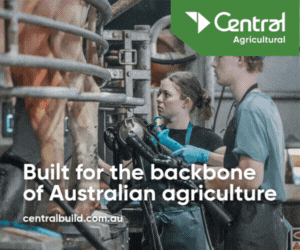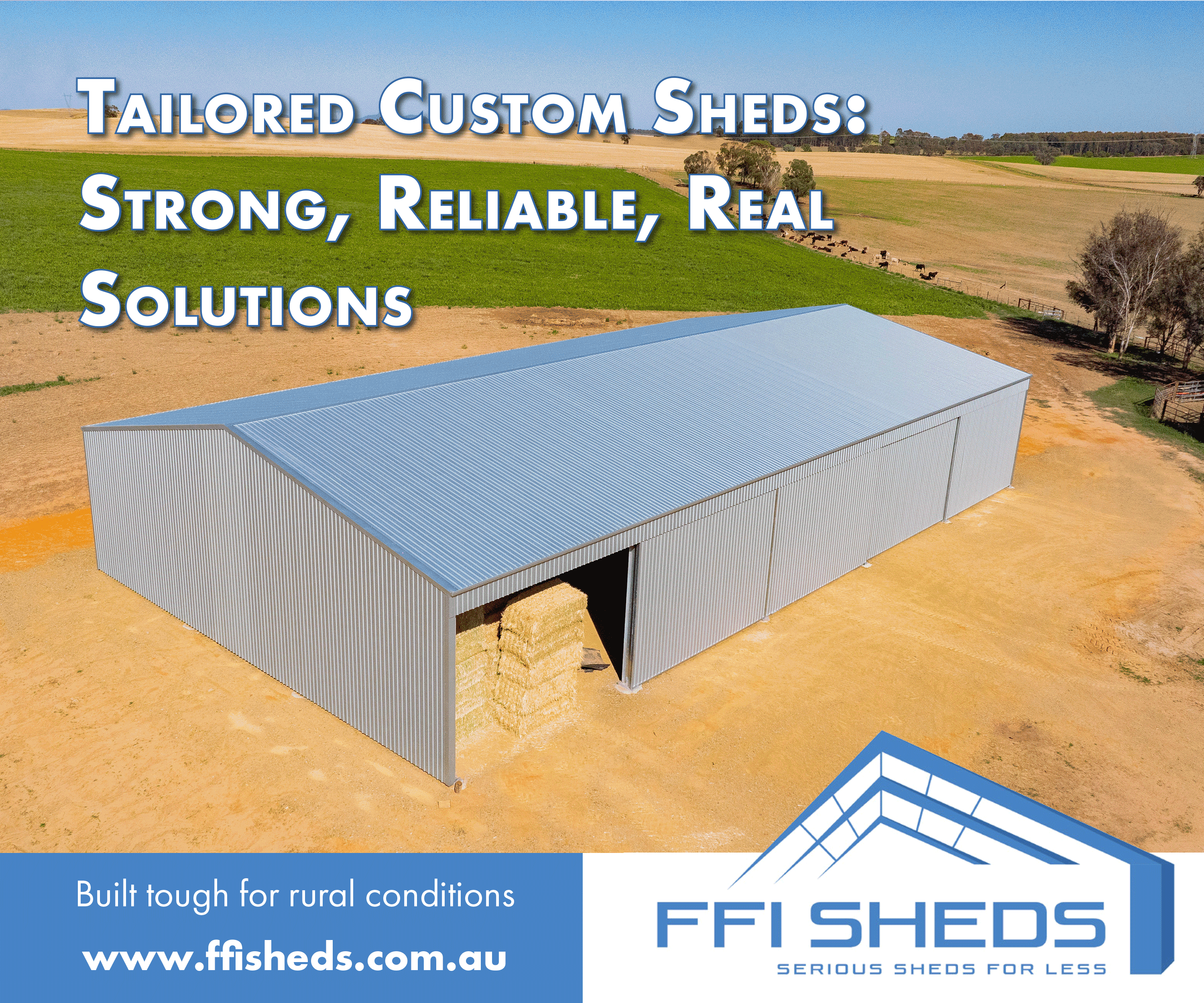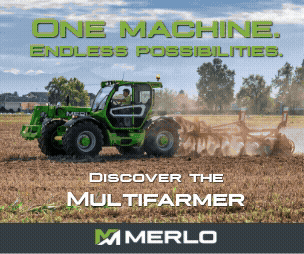Dr Mike Stephens AM, Founder and Director at Meridian Agriculture, is a succession planner with 40 years’ experience in agriculture consulting. With editorial assistance from Bryony Fitzgerald.
The farm or the family - for some a difficult choice
The price of land forces some family farmers to sell land to be able to treat all their children fairly.
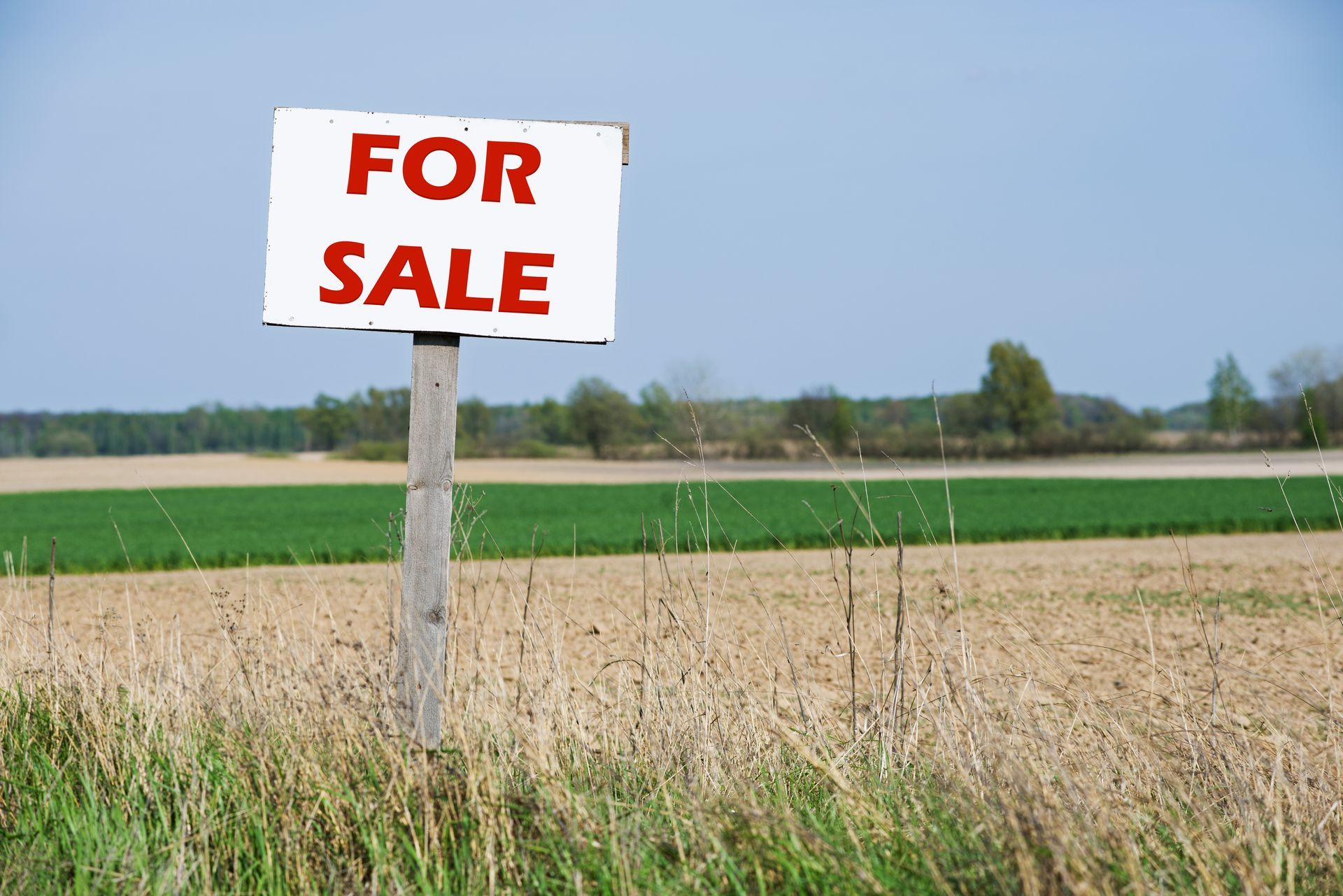
In most farming families there are three main aims: The owning generation, Generation A wants to: hand on a viable farm to Generation B; accumulate funds for retirement; and provide a satisfactory outcome for the non-farmers in Generation B. In many farm families the three main aims are not achievable.
There are four important rules in farm succession:
- Rule one is to understand the needs, wants, aspirations, and expectations of each family member of each generation.
- Rule two is to start planning now because it takes a long time to build a viable business (1) where succession is financially possible. The business must grow to stand still financially.
- Rule three is to avoid passing on an indivisible asset to more than one person.
- Rule four is to ensure family harmony is built and maintained.
- Farm succession has become more difficult because of the increase in land values. The Bendigo Bank’s “Australian Farmland Values Report-2025” quotes compound growth of farmland, nationally of 8.6% from 2005 to 2025. That means a farm valued at $1,000,000 20 years ago is valued at $6,000,000 today. The earning capacity (return to capital) has reduced at about the same rate as the capital value has increased. A farm returning 5 return to capital 20 years ago might return 1% today.
The harsh reality is that data sourced from ABARES reports indicate the majority of the 49,000 of broadacre farms (sheep, beef cattle and crop) cannot achieve these three main aims.
Sixty per cent (29,400) have a value of sales (total cash receipts or VoS) of less than $400,000 and are likely to have a net cash flow of minus $10,000 before paying interest, principal, tax and drawings. There is no realistic prospect of business viability, and the family will rely on off-farm income. Selling the farm may be the best option if division of assets is required.
Twenty-two per cent (10,780 farm businesses) have a VoS of between $400,000 and $1,300,000. Many of these businesses will achieve the three main aims if the older generation (Generation A) is prepared to let go, a member of the younger generation (Generation B) is prepared to step up, and non-farming members of Generation B are happy with the deal.
As an example, a farm with asset value of $2,200,000 , turnover (VoS) of $1,000,000 will have about $300,000 to pay interest, principal, tax and drawings. Assuming no other debt and the capacity to borrow 20% of total asset value, then borrowings of $4,400,000 at 6% interest is manageable, but leaves minimal capacity for drawings, re-investment, or increases in interest rate. These borrowings can be used to fund retirement in Generation A and fund a distribution to the non-farmers in Generation B – let’s assume two people. Because the interest only commitment is $264,000, in this scenario, the farmer is almost treading water financially and the non-farmers will receive whatever their parents can hand on from the $4,400,000. At best $2,000,000 each.
What are the other options for the 10,990 farm businesses in the $400,000 to $1,300,000 VoS range?
To answer this question, individual family members must declare where they stand on a continuum. At one end the farmer secures what the farmer wants (non-farmers have to put up with it) and at the other end the eventual distribution of assets is equal and the farmer either accrues huge debt or secures a smaller farm – or the farm is sold.
The options are:
- Farm/farmer above all – farmer retains all the assets to ensure business continuity; non-farmers lose out completely.
- In favour of the farm/farmer – they retain 80% as described in the example above and the non-farmers put up with a split of the residual.
- Compromise and divide - Part of the farm is sold so more can be distributed to the non-farmers and the farmer has a smaller farm and/or more manageable debt.
- Pursue equality above all – farmer has to borrow more or hand over more assets to ensure an equal split – places business at risk/reduces scale.
- Restructure - One, or multiple trusts are established to own the land, and one member of Generation B leases the land and owns and operates the farm business.
- Partial handover and leaseback - Some discrete parcels of land, not including vital infrastructure, are handed over to the non-farmers, but the business retains the use of the land via leasing.
- Liquidate - The whole farm is sold and the proceeds distributed.
The 8,580 farm businesses which have a VoS above $1,300,000 are likely to have a capital value of over $26,000,000. If their equity within the business is strong, they have sufficient scale to develop more options. If their debt level is high, they face similar choices to the smaller businesses.
Universal agreement for one option is unlikely. Most families benefit from a team of advisors to assist with the process. Open, honest discussions between family members is vital and these are more likely to be fruitful if facilitated by a person who does not have a stake in the outcome.
Finally, when a farm is sold, many outsiders judge the sale to be a failure of succession planning. The reverse may be the case. The sale may be a triumph of good communication and planning.
(1) A viable business is one which can meet the living and educational expenses of the family, maintain the farm assets and grow the business to combat inflation and declining terms of trade.
